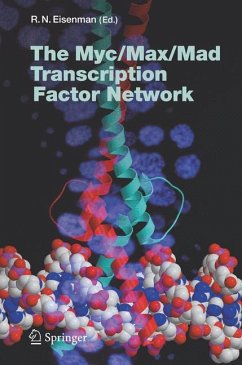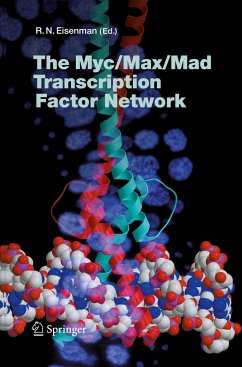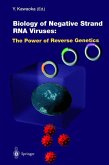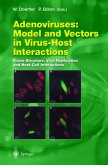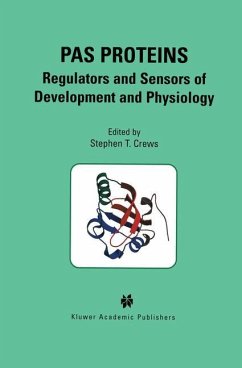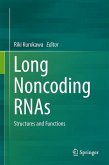The Myc/Mad/Mad network is defined by, and functions through, the interactions between individual Myc and Mad family proteins with Max as well as by interactions between Myc and Mad family proteins with higher order co-repressor and co-activator complexes.
The chapters included in this volume illustrate the complexities of the Myc/Max/Mad network and how its functions impinge on fundamental biological processes through regulation of transcription.
Scientists often look askance at their colleagues whose research appears too strongly focused on a single gene or gene product. We are supposed to be interested in the "big picture" and excessive zeal in pursuit of a single pixel might seem to border on an obsession that is likely to yield only details. However as this volume of Current Topics in Microbiology and Immunology demonstrates, this is certainly not the case for myc. Intense study of this en- matic proto-oncogene over the last twenty years has only broadened our view of its functions and led to insights into mechanisms relating to transcriptional regulation as well as to cell growth, proliferation, differentiation, apoptosis and organismal development. The myc gene originally came to light as a retroviral oncogene (v-myc) associated with a wide range of acute neoplasms. It was later shown to be a virally transduced cellular gene (c-myc) which is a member of family of on- genes (c-myc,N-myc,L-myc). These family members are themselves subject to a bewildering assortment of genetic rearrangements associated with many different types of tumors derived from many different types of cells. These rearrangements (including chromosomal translocation, viral integration, and gene ampli?cation) act to uncouple expression of the myc family genes from their normal physiological regulators. The chapter by LIU and LEVENS - scribes the key pathways leading to regulation of myc expression, showing that such regulation occurs at several different levels and through multiple mechanisms.
The chapters included in this volume illustrate the complexities of the Myc/Max/Mad network and how its functions impinge on fundamental biological processes through regulation of transcription.
Scientists often look askance at their colleagues whose research appears too strongly focused on a single gene or gene product. We are supposed to be interested in the "big picture" and excessive zeal in pursuit of a single pixel might seem to border on an obsession that is likely to yield only details. However as this volume of Current Topics in Microbiology and Immunology demonstrates, this is certainly not the case for myc. Intense study of this en- matic proto-oncogene over the last twenty years has only broadened our view of its functions and led to insights into mechanisms relating to transcriptional regulation as well as to cell growth, proliferation, differentiation, apoptosis and organismal development. The myc gene originally came to light as a retroviral oncogene (v-myc) associated with a wide range of acute neoplasms. It was later shown to be a virally transduced cellular gene (c-myc) which is a member of family of on- genes (c-myc,N-myc,L-myc). These family members are themselves subject to a bewildering assortment of genetic rearrangements associated with many different types of tumors derived from many different types of cells. These rearrangements (including chromosomal translocation, viral integration, and gene ampli?cation) act to uncouple expression of the myc family genes from their normal physiological regulators. The chapter by LIU and LEVENS - scribes the key pathways leading to regulation of myc expression, showing that such regulation occurs at several different levels and through multiple mechanisms.

